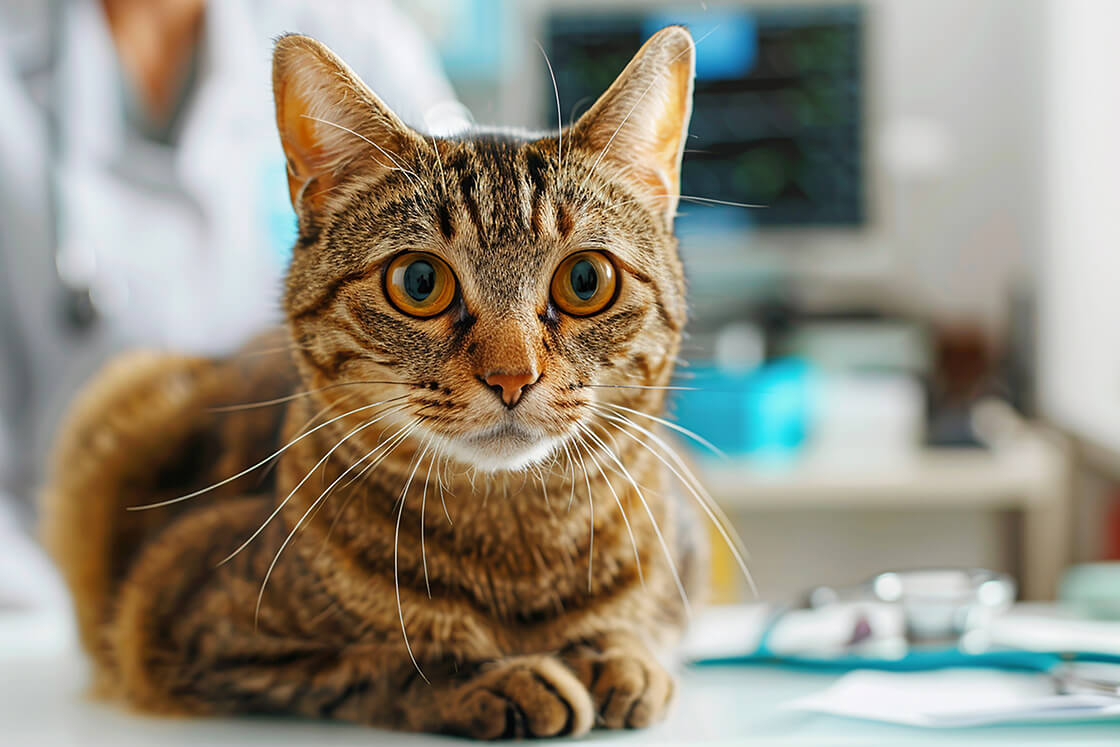
- by Dr.Thilo Senst
Caring for a Cat with an Abscessed Wound
- by Dr.Thilo Senst
Cats are sleek, nimble, and excellent at pretending they don’t care about you—until they show up with a nasty wound that needs urgent attention. Whether it’s a battle scar from the neighbourhood tabby or an overzealous attempt at chasing a squirrel, abscessed wounds can happen to even the poshest of pussycats.
So, how do you go from “What on earth is that smell?” to “My cat is on the mend”? Grab your first-aid kit and your courage as we take a witty dive into caring for your feline friend’s wounds without them declaring you their mortal enemy.
An abscess is essentially a pocket of pus caused by infection. Cats, being the feisty little gladiators they are, often get wounds during fights or accidents. Bacteria like Pasteurella multocida (fancy name, nasty bug) enter the wound, and voilà—a swollen, smelly abscess forms faster than your cat can run when you open the vet carrier.
Imagine bacteria throwing a rave under your cat’s skin. There’s swelling (balloons), pus (spilled drinks), and eventually, the whole thing bursts because no one knows when to leave.
How do you know if your cat’s wound has gone from “meh” to “medically concerning”? Look out for these signs:
Caring for a cat wound is less about being a hero and more about being calm, prepared, and possibly wearing oven mitts.
Wrap your cat in a towel like a furry burrito. This keeps their claws of fury safely tucked away.
Flush the area with warm saline or antiseptic solution. Be gentle, as your cat is already plotting your downfall.
Use a pet-safe antiseptic to prevent further infection. Remember, this isn’t the time to whip out your own Dettol.
Once you’ve cleaned the wound, it’s time to play nurse.
Check daily for signs of healing—or worsening. Swelling and redness should subside within a few days.
Use a cone of shame or distract your cat with toys. Trust us, licking will only make things worse.
Limit outdoor adventures until the wound heals. Think of it as house arrest with a purpose.
If your cat’s wound isn’t improving, or if they start showing additional symptoms like fever or lethargy, it’s time to consult the professionals. According to the PDSA, untreated abscesses can lead to systemic infections, which are far more dangerous.
It requires patience, the right tools, and a lot of persistence. And even then, there’s a good chance they’ll just sulk about it.
They seem manageable at first, but one wrong step and it’s chaos. The instructions (or vet’s advice) are crucial to getting it right.
Q: Can I use human antiseptics on my cat?
A: No, human antiseptics can be toxic to cats. Always opt for pet-safe products.
Q: How long does it take for a cat wound to heal?
A: Minor wounds heal in 1-2 weeks. Abscesses may take longer, especially if surgery is required.
Q: Should I pop my cat’s abscess?
A: Never attempt this at home—it requires professional care to avoid further infection.
Caring for a cat with an abscessed wound doesn’t have to feel like a mission impossible. With the right tools, knowledge, and a little humour, you’ll have your feline friend back to their regal, purring self in no time.
![]()
Enter your details & download our comprehensive 50+ page printable Dr. Senst Pet Care Planner completley FREE! - keep track of all your pet’s needs, from medical history and training to vet visits, grooming, diet, and more!










Share:
Best Herbal Calming Remedies for Cats: What Works
Understanding Aggression in Dogs: Causes and Solutions